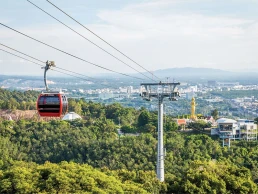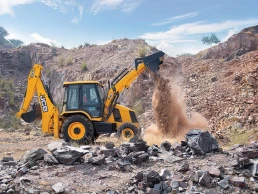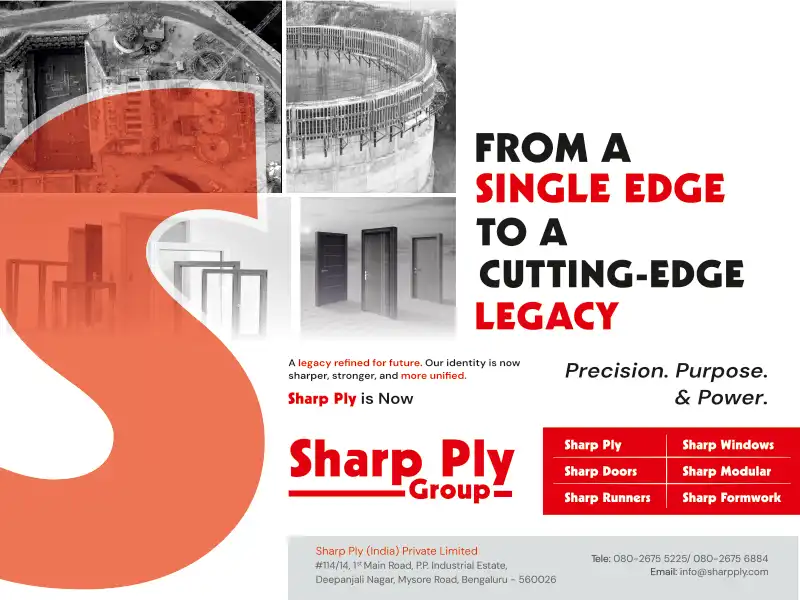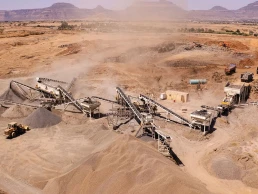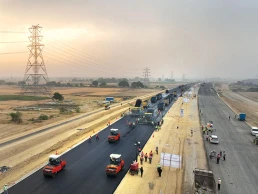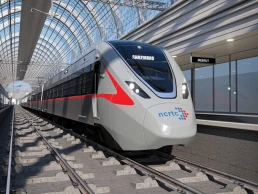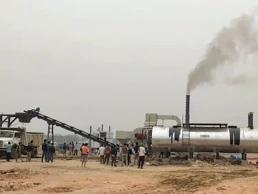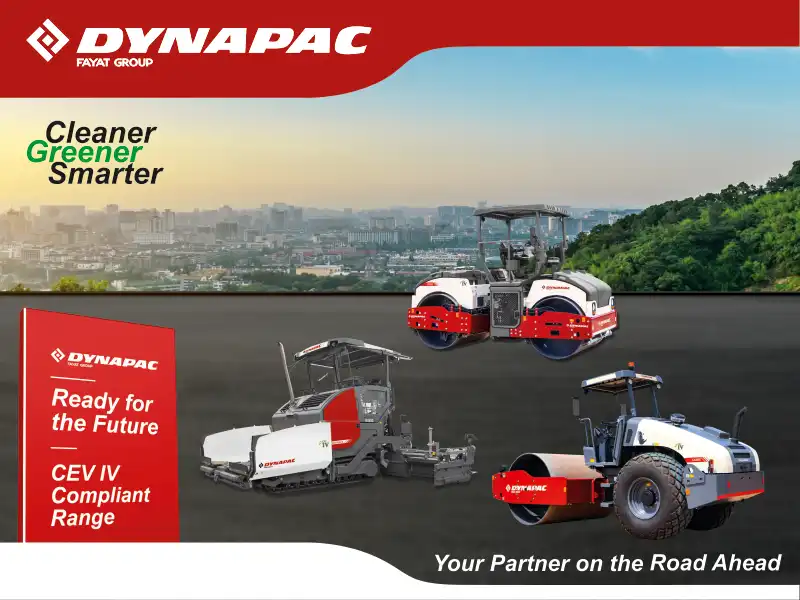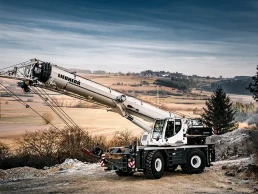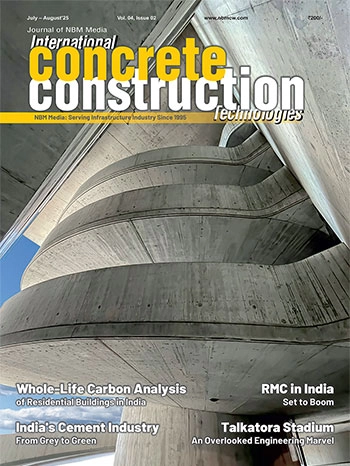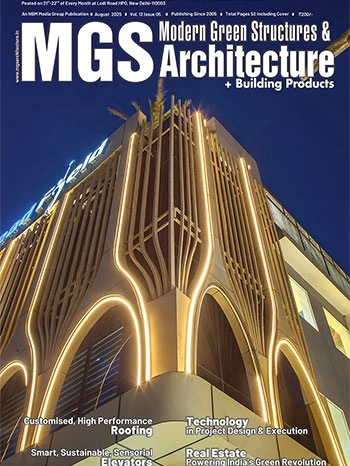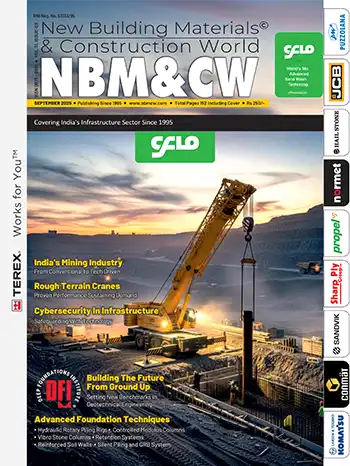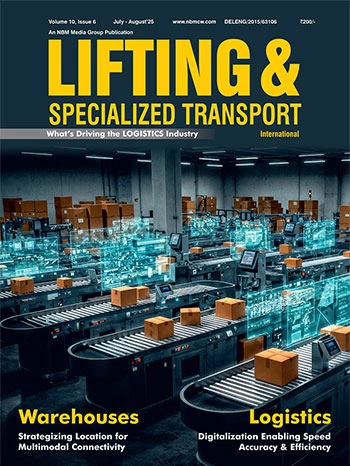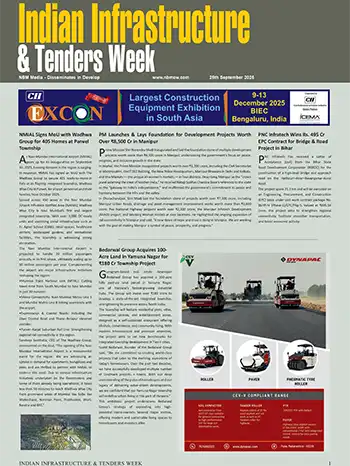Liebherr LTM 1650-8.1 Mobile Crane Assembles 87 Ton Media Bridges in Darmstadt
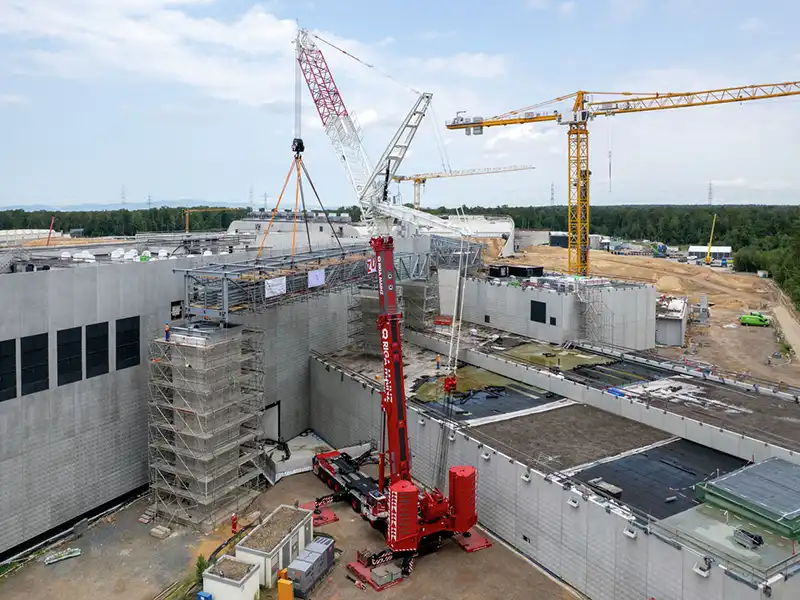
For several years, Riga Mainz GmbH & Co. KG has been deploying Liebherr mobile and crawler cranes at the construction site of the international FAIR (Facility for Antiproton and Ion Research) project in Darmstadt. The latest milestone involved the assembly of massive steel media bridges, towering 20 metres high, for carrying essential supply lines around the research building.
Due to restricted space near the facility walls, the first module, weighing nearly 87 tonnes, was lifted into position using a Liebherr LTM 1650-8.1 mobile crane. The decisive factor was its VarioBallast® variable ballast system, which enabled precise manoeuvring in tight spaces.
Before installation, the giant modules, measuring 32 metres long, over eight metres wide, and five metres tall, were transported from the assembly station 500 metres away using a Scheuerle SPMT with ten axle lines. This ensured the safe movement of the oversized structures across the narrow site road.
A fully equipped LTM 1650-8.1 was on standby to lift the first giant component. Because of the local conditions, the 8-axle mobile crane was only able to be set up very close to an adjacent building. There was not enough parking space for the 800-tonne crane originally envisaged for the job by the client. “The installation situation here is incredibly tight”, explained Andreas Webler, Project Planner at Riga Mainz, on the construction site. “The building wall means that this crane location is only possible with the LTM 1650-8.1 We only have a ballast radius of 6.40 metres for the pick-up and swinging of the load. To install the almost 87-tonne gross load at a distance of 23 metres, however, we had to increase it to 7.40 metres. That’s the unique thing about this crane: it can adapt to local conditions and use the tiniest corner of available space.”
“The highly compact support base – we had just 9.60 metres from claw to claw – allows us to build up the crane with full support”, explains Webler. “For me, these dimensions of the support base are a very decisive advantage. The footprint required by this crane, with its load-bearing capacity of 700 tonnes, is almost identical to that of the LTM 1450-8.1. This means that it can handle not just small parking spots, but we also have the option of sending the LTM 1650-8.1 to a job for the 450-tonne model if it’s tied up at another location. This gives our scheduling team maximum flexibility.”
Equipped with a luffing jib and 175 tonnes of ballast on the turtntable, the lifting and assembly on 20-metre-tall reinforced concrete pillars went quickly and smoothly. One LTM 1110-5.2 had taken care of setting up the 24.5-metre-long luffing boom on the large crane in advance. “This mobile crane is our first Liebherr machine with the new LICCON3 control system. And we’ve already ordered more”, reports project planner Webler. “We also recently received one of the first LTM 1100-5.3 cranes. With a width of just 2.55 metres and a basic ballast of 16.9 tonnes with a 12-tonne axle load for on-road driving, it really is fantastic as a setup crane for narrow spatial conditions. It will of course also be used for lots of crane work in halls. LICCON3, together with our in-house CAD planning, offers us many opportunities. We’re able to implement the plans on a one-to-one basis and always guarantee in advance that a crane job can be carried out as planned.”
The just under 50 machines in the traditional Mainz family-run company’s fleet of mobile and crawler cranes all come from Liebherr. Riga Mainz, however, offers its customers more than just crane work. Specialist and heavy goods transport, the handling and manoeuvring of bridge constructions and specialist projects such as major installation work in refineries are all part of the company’s regular portfolio. To be able to offer all this, the company also has 40 Scheuerle SPMT axle lines, a powerlift tower system with a load capacity of 500 tonnes per tower and numerous transport vehicles.
The FAIR research facility in Darmstadt marks a milestone in basic global research. As a joint project involving several countries, the facility aims to create new opportunities to learn more about the structure of materials and the development of the universe. The particles are accelerated in the accelerator system to almost the speed of light and subjected to scientific experiments.


































